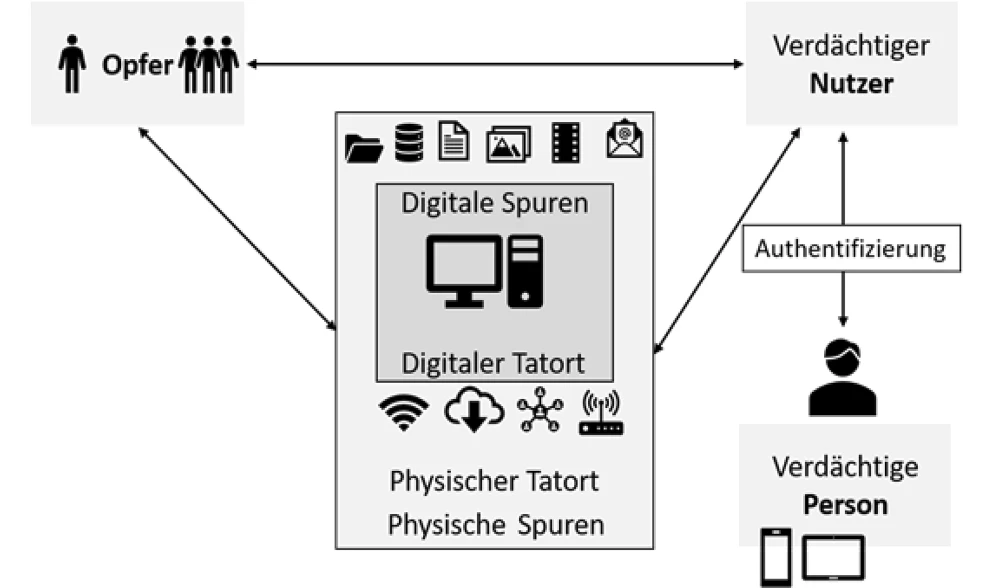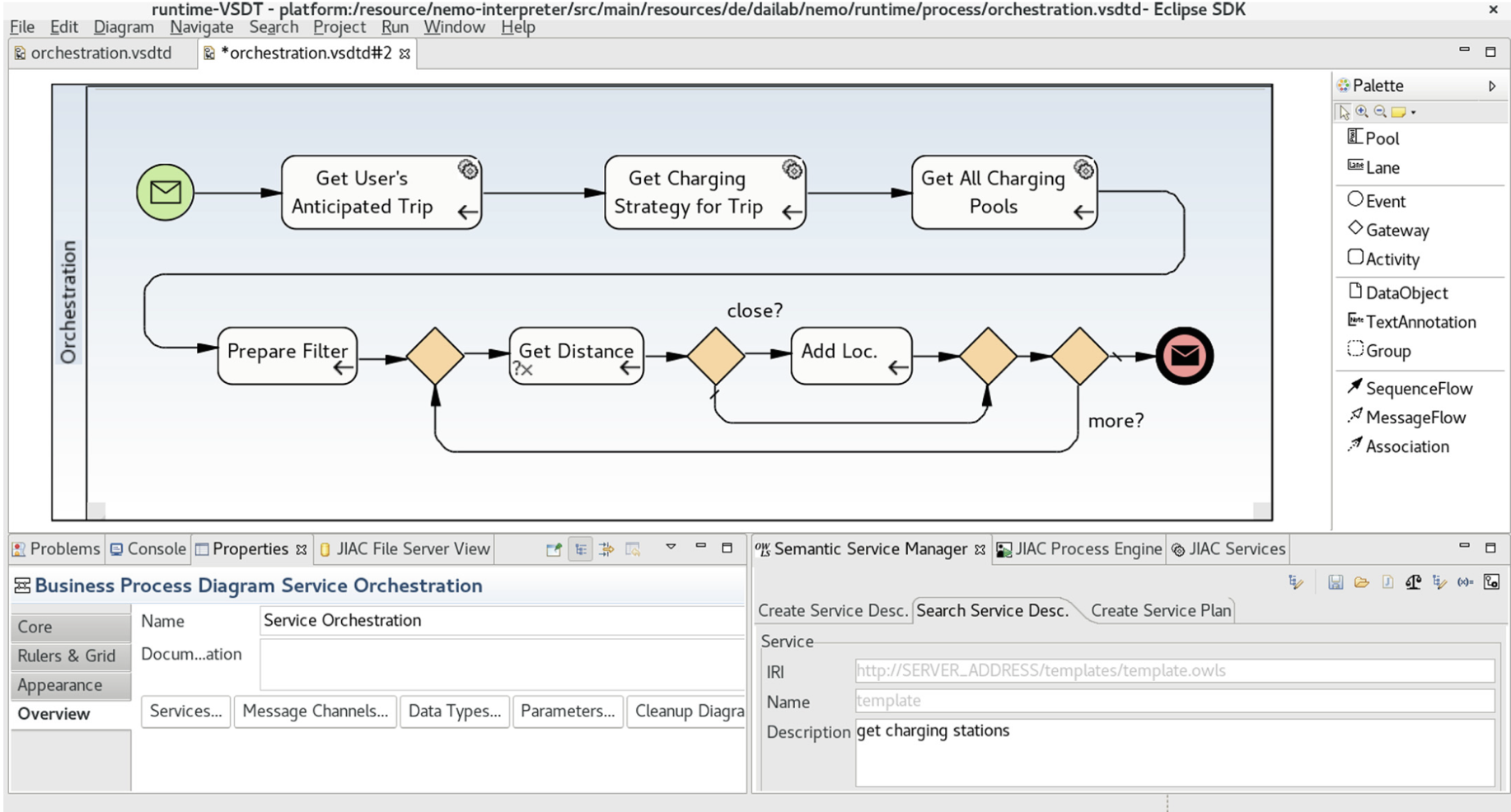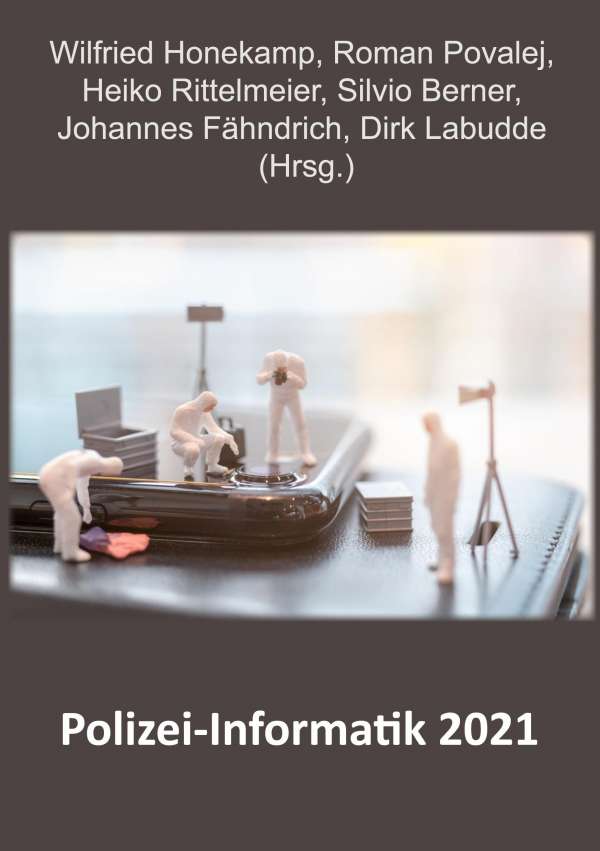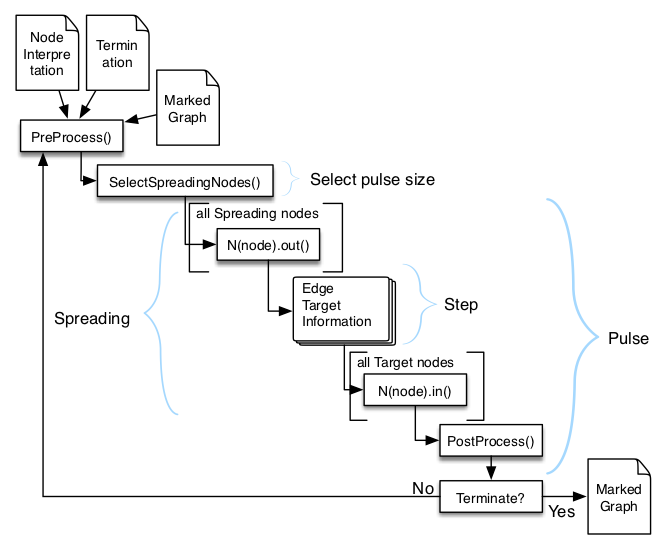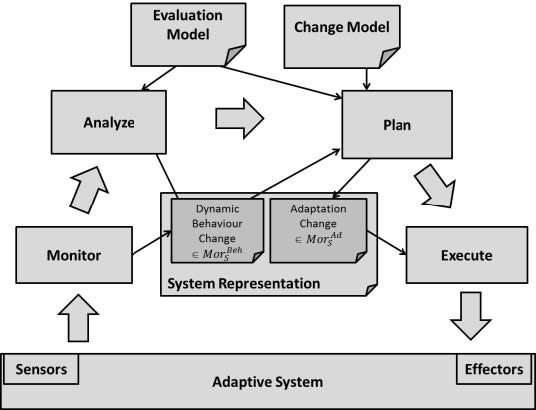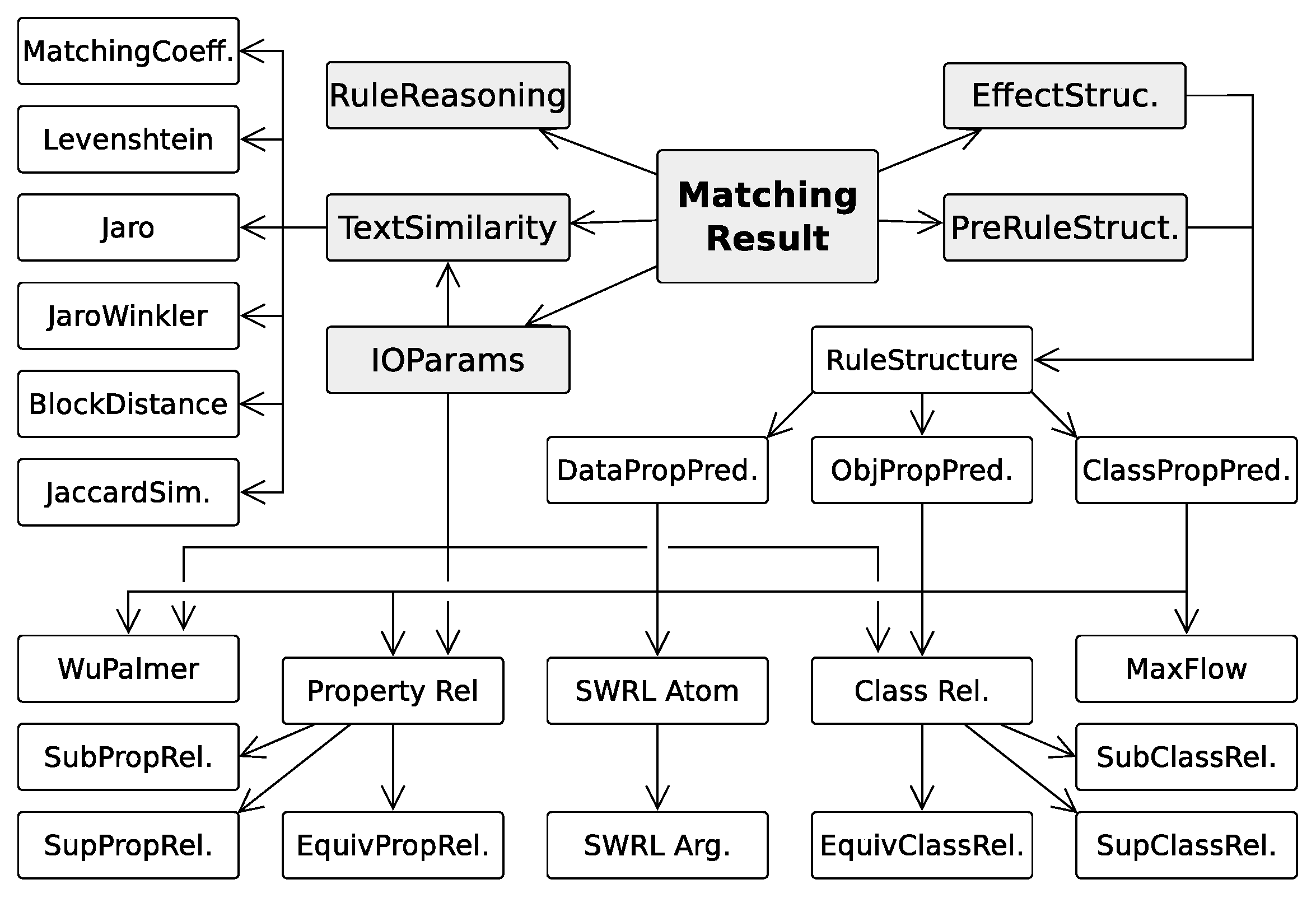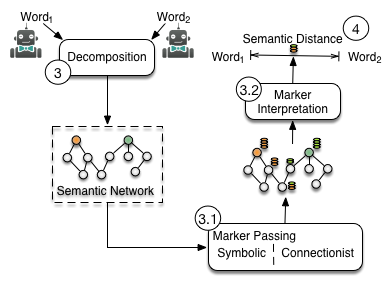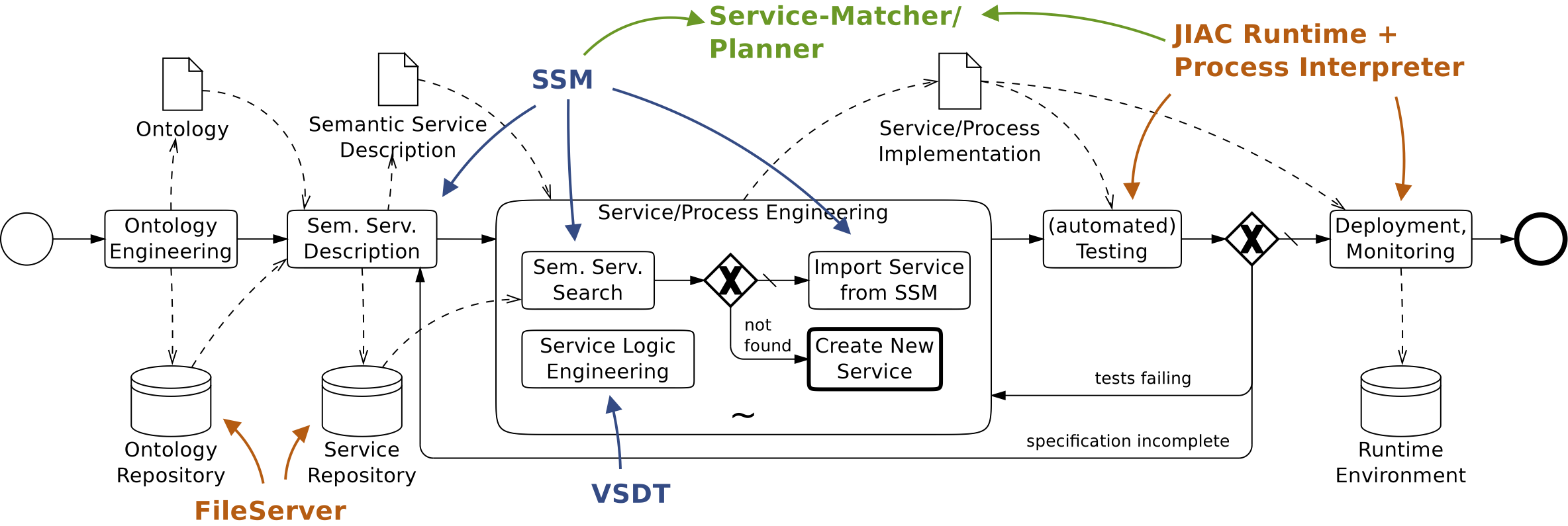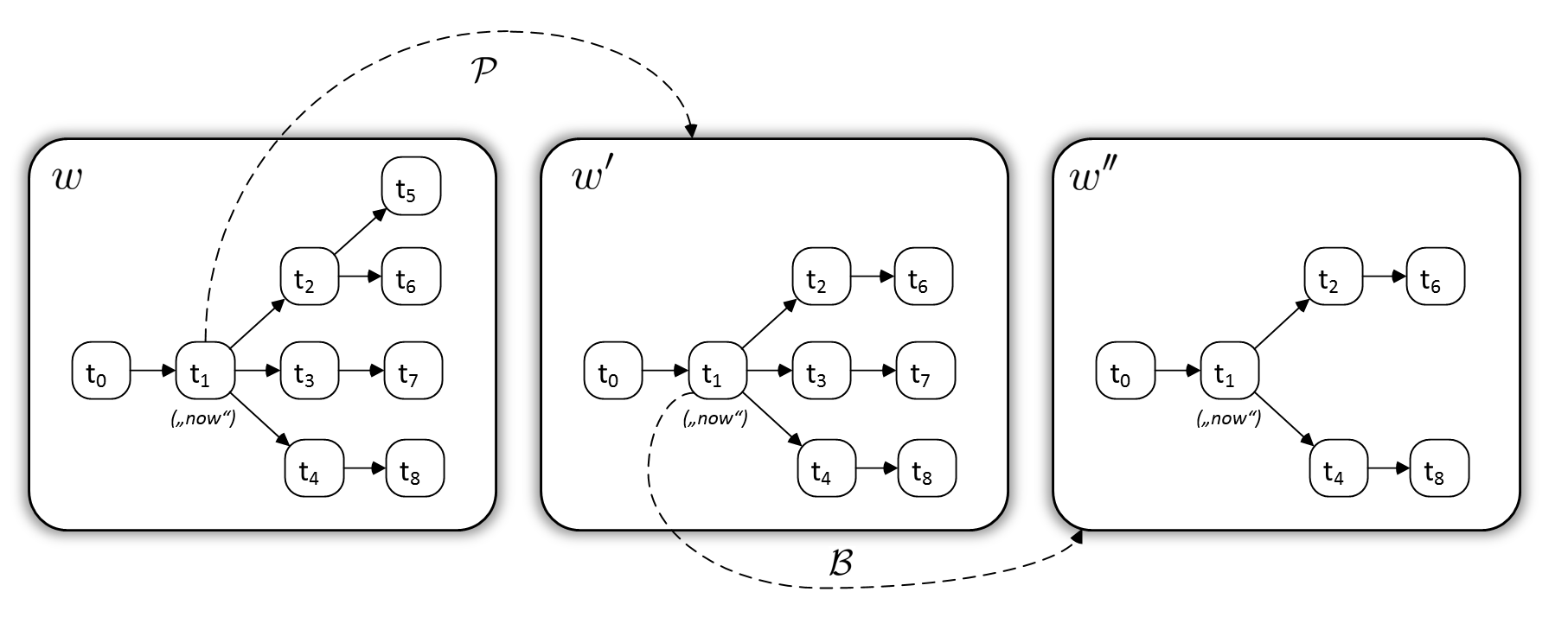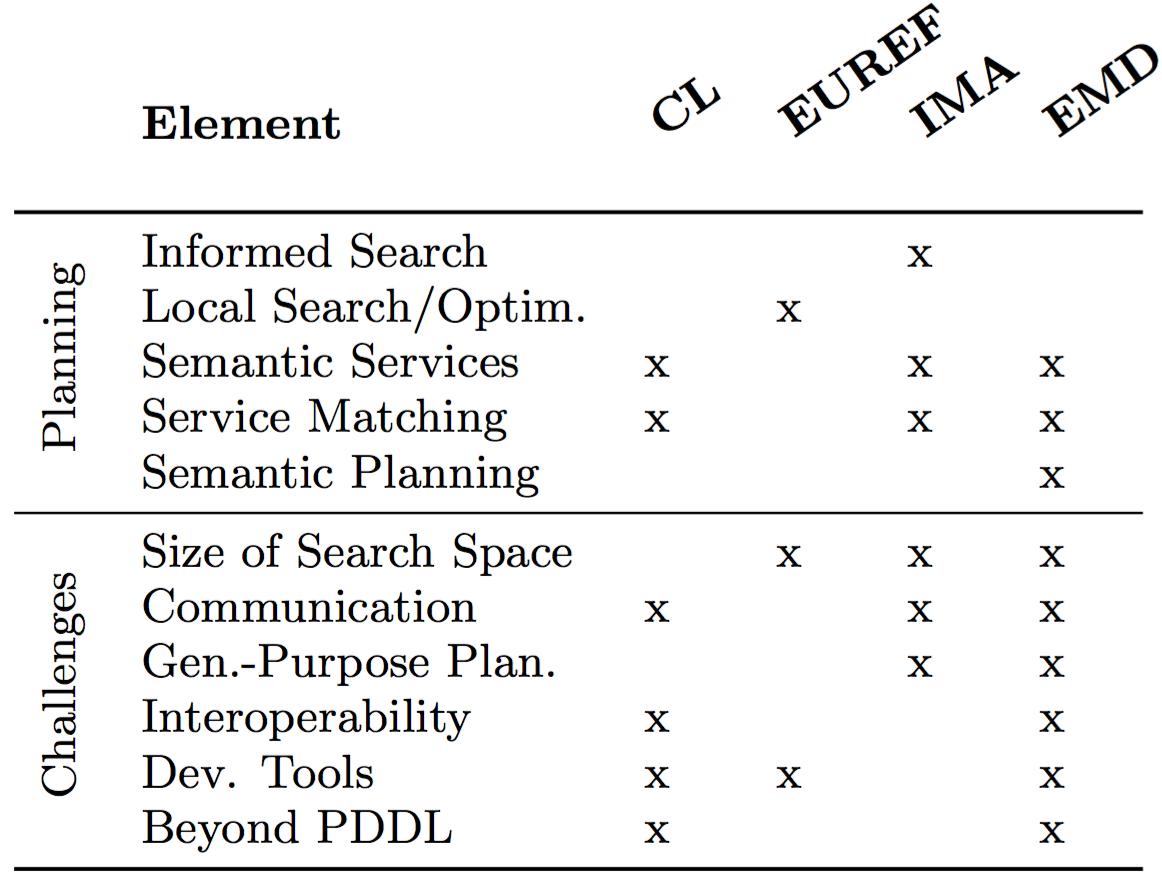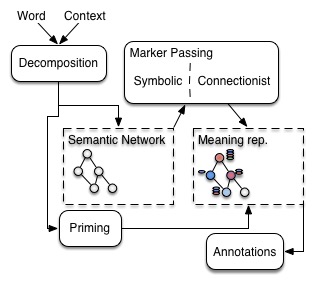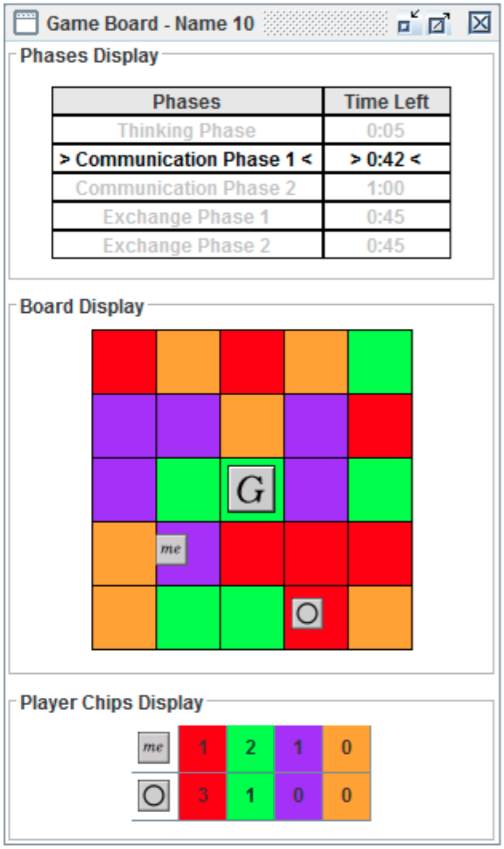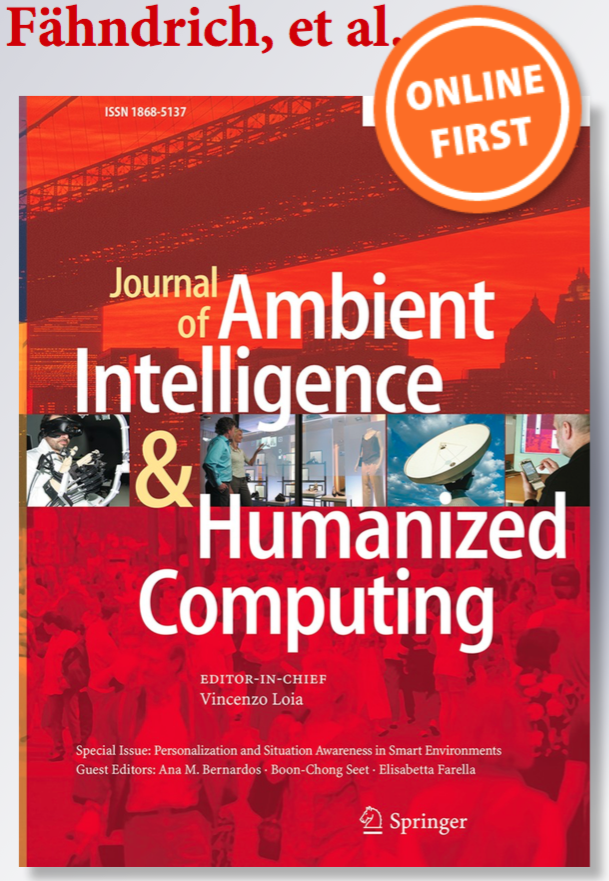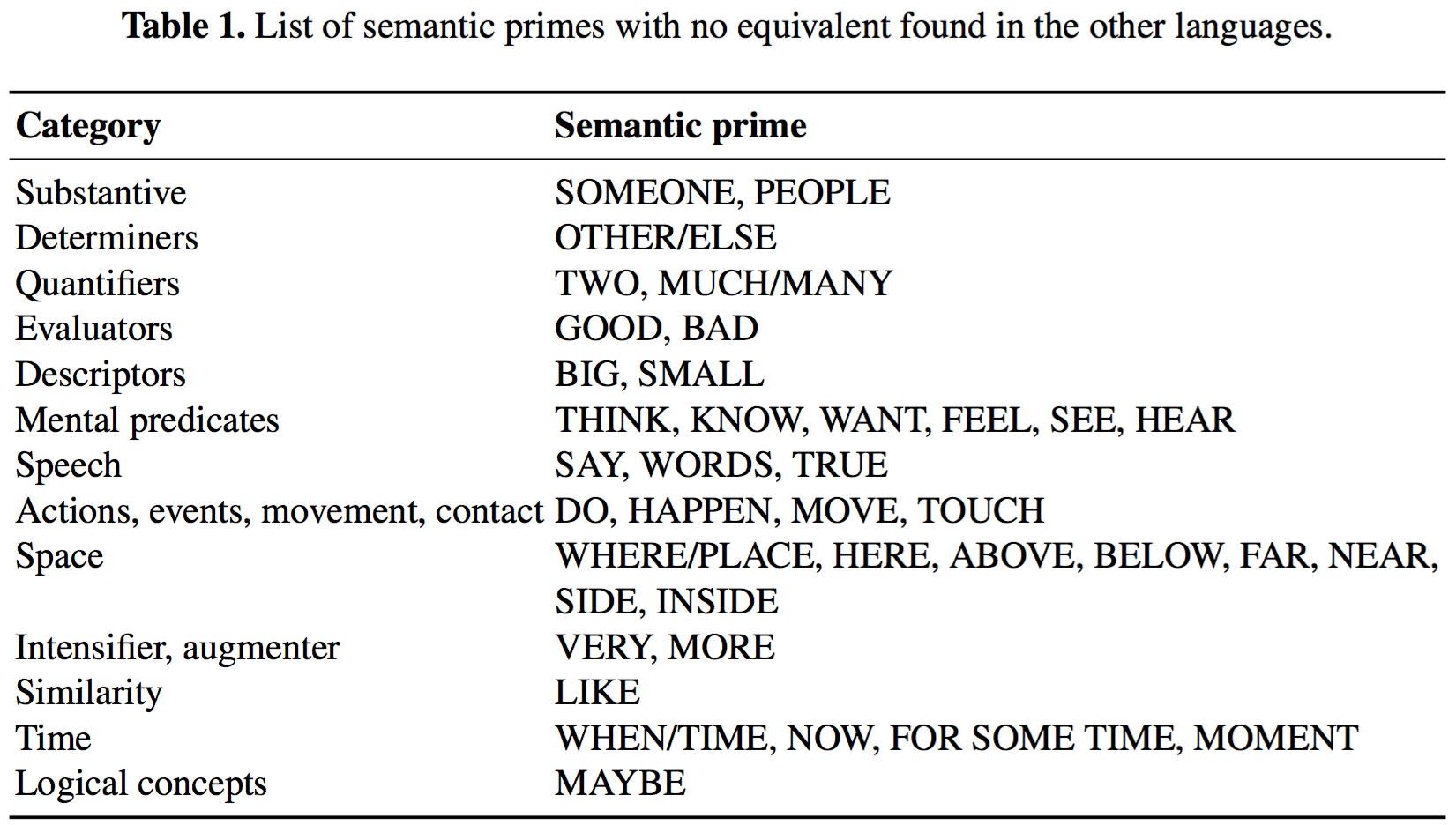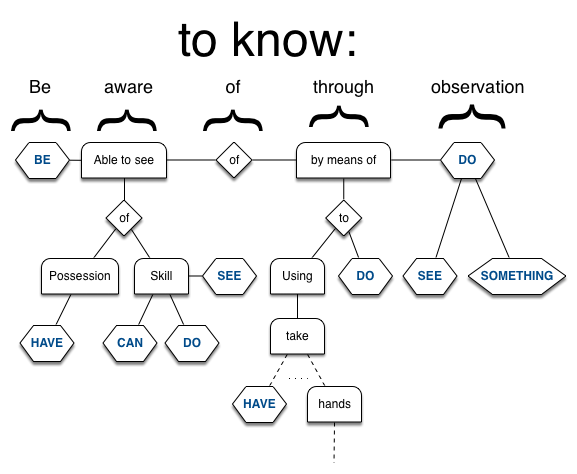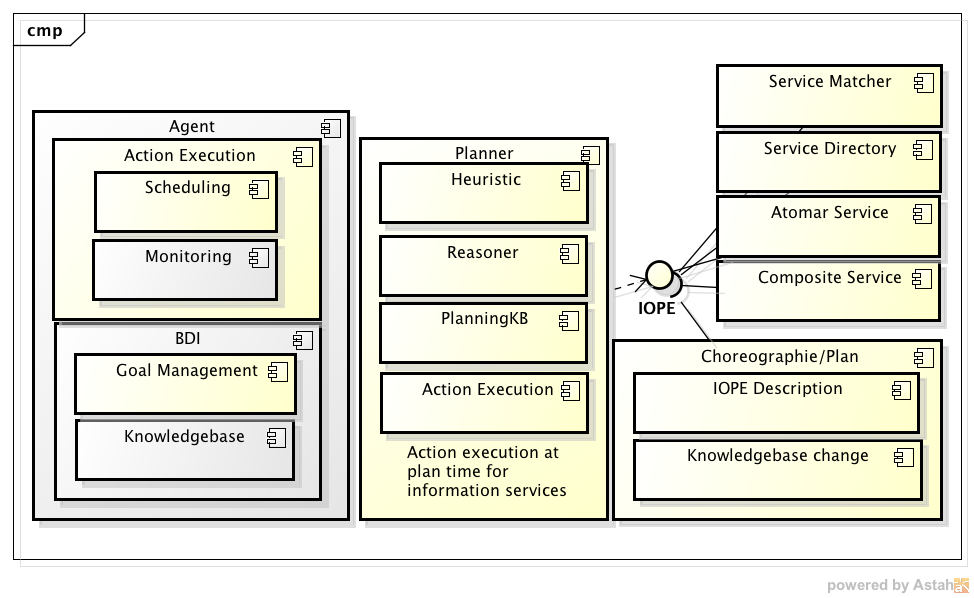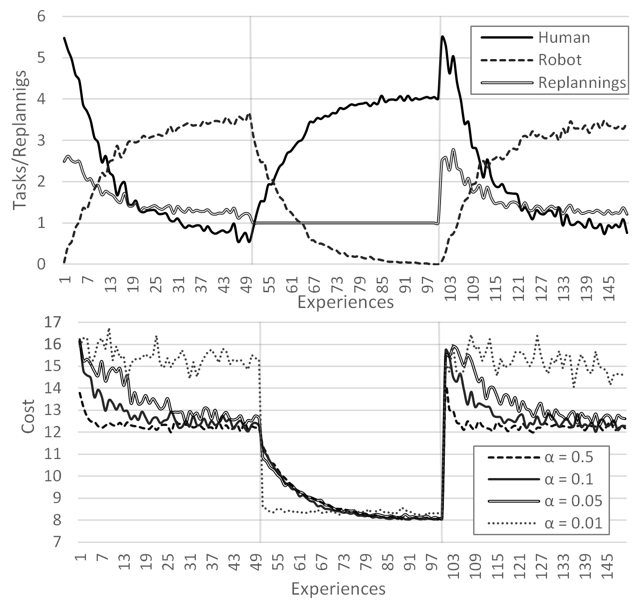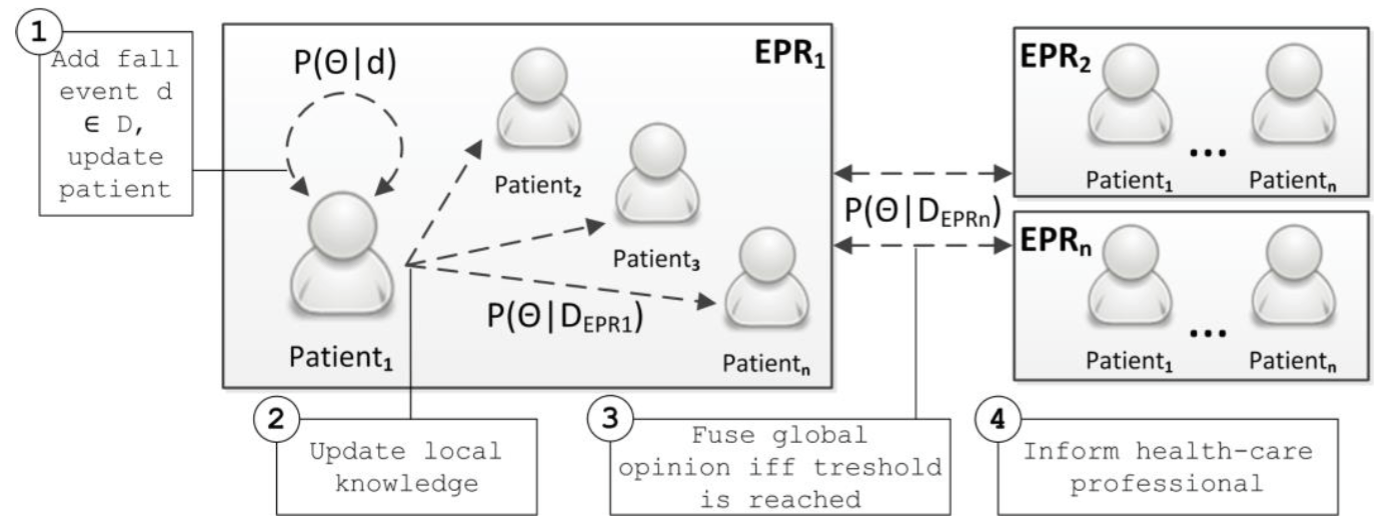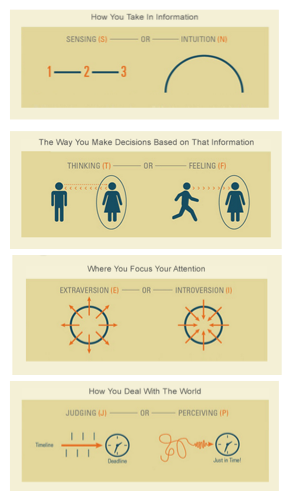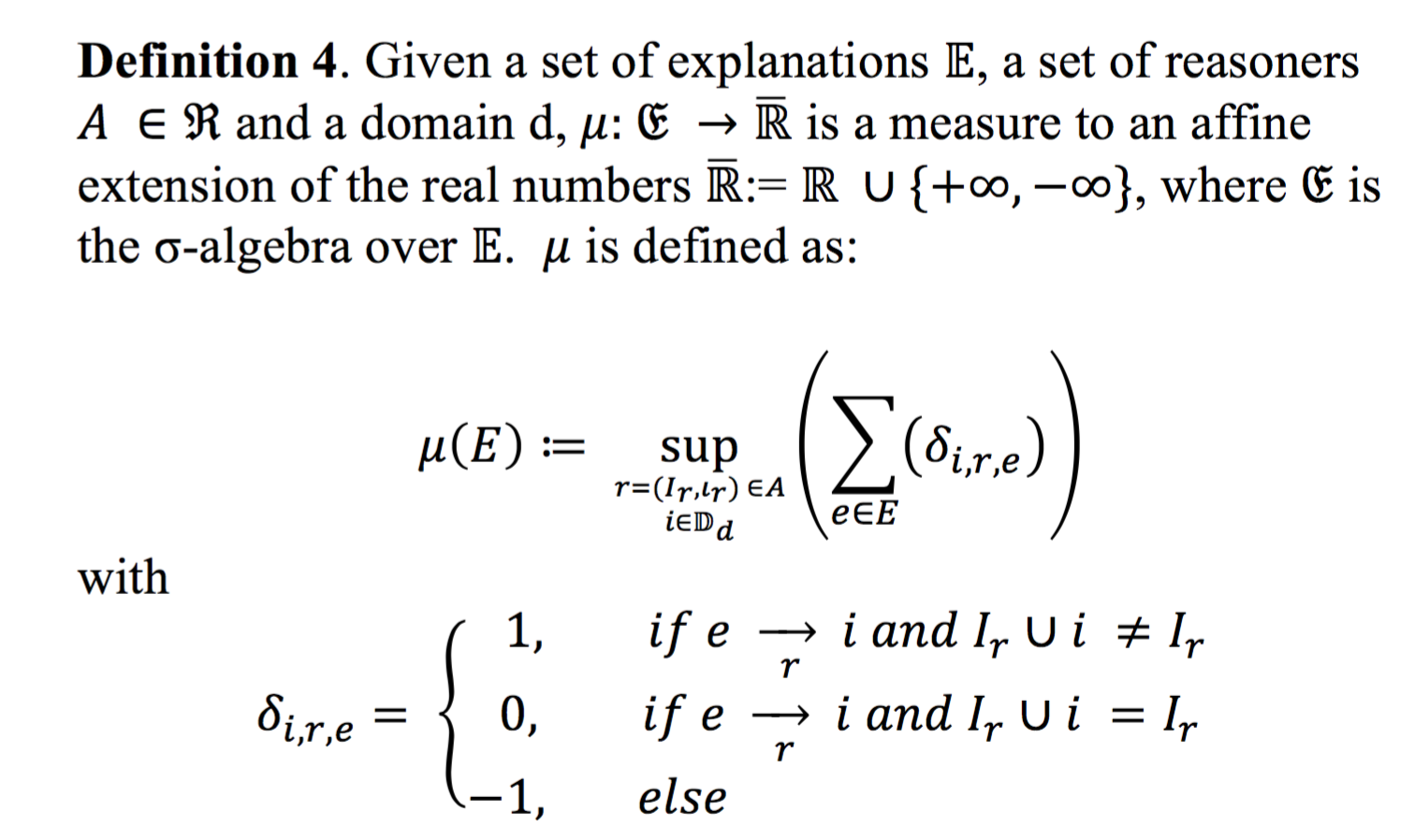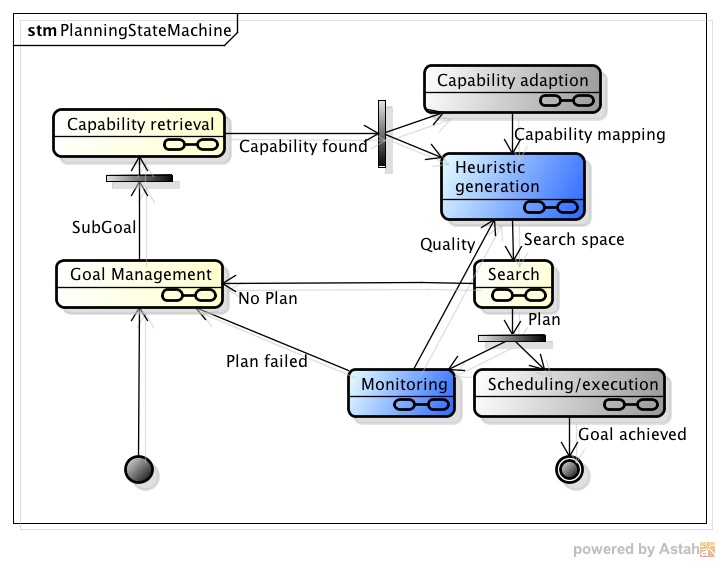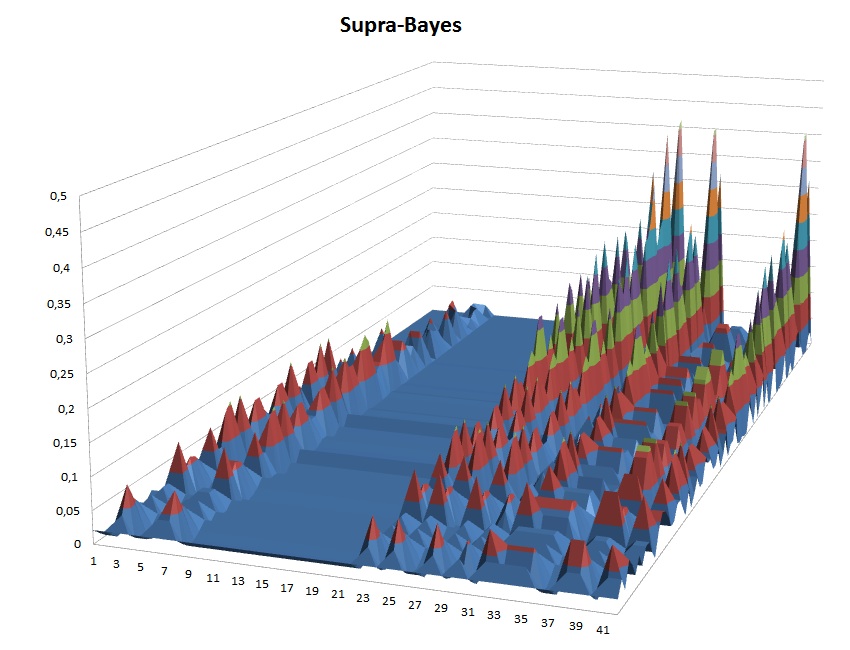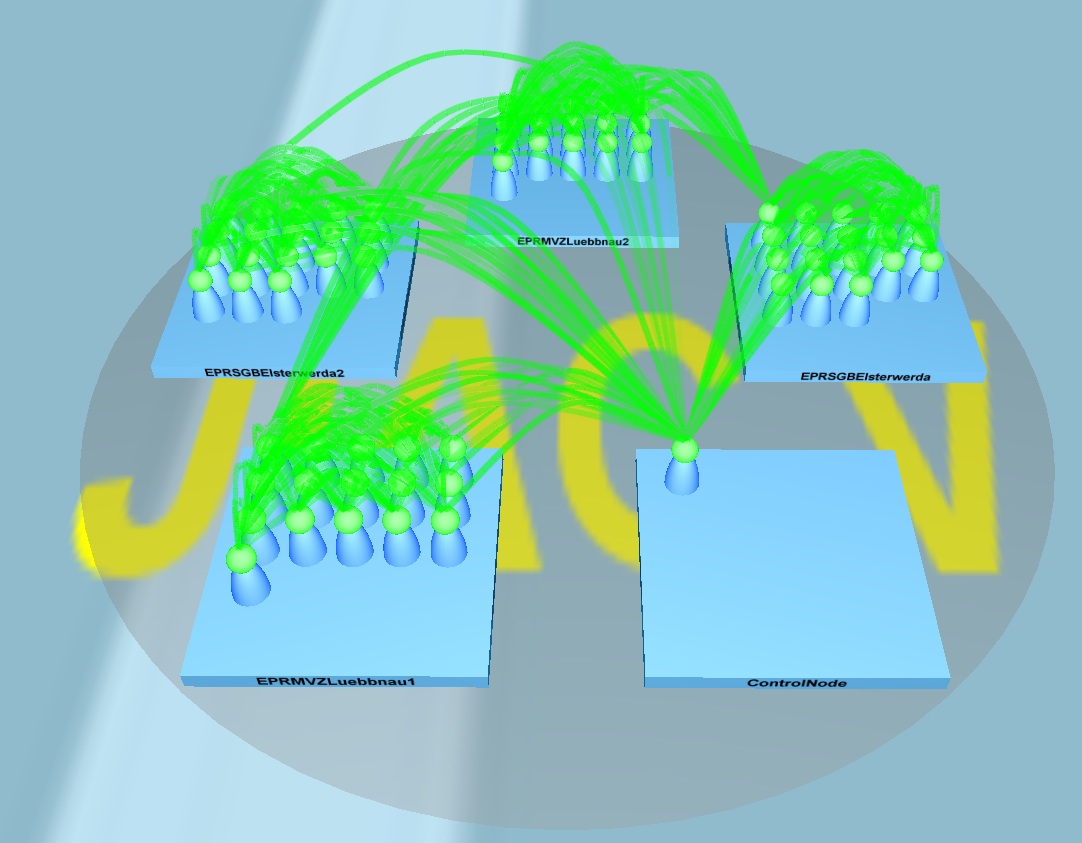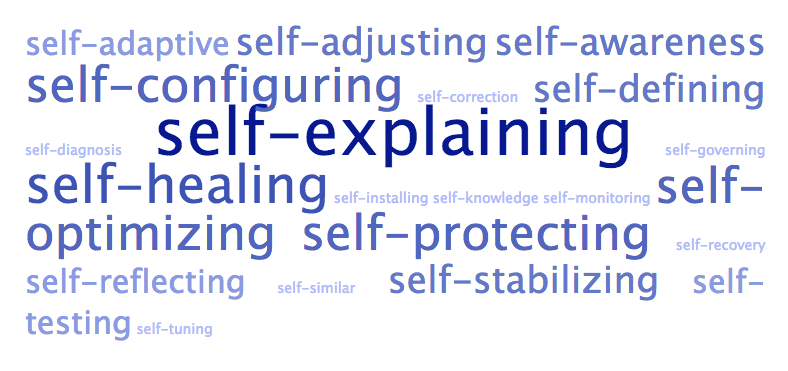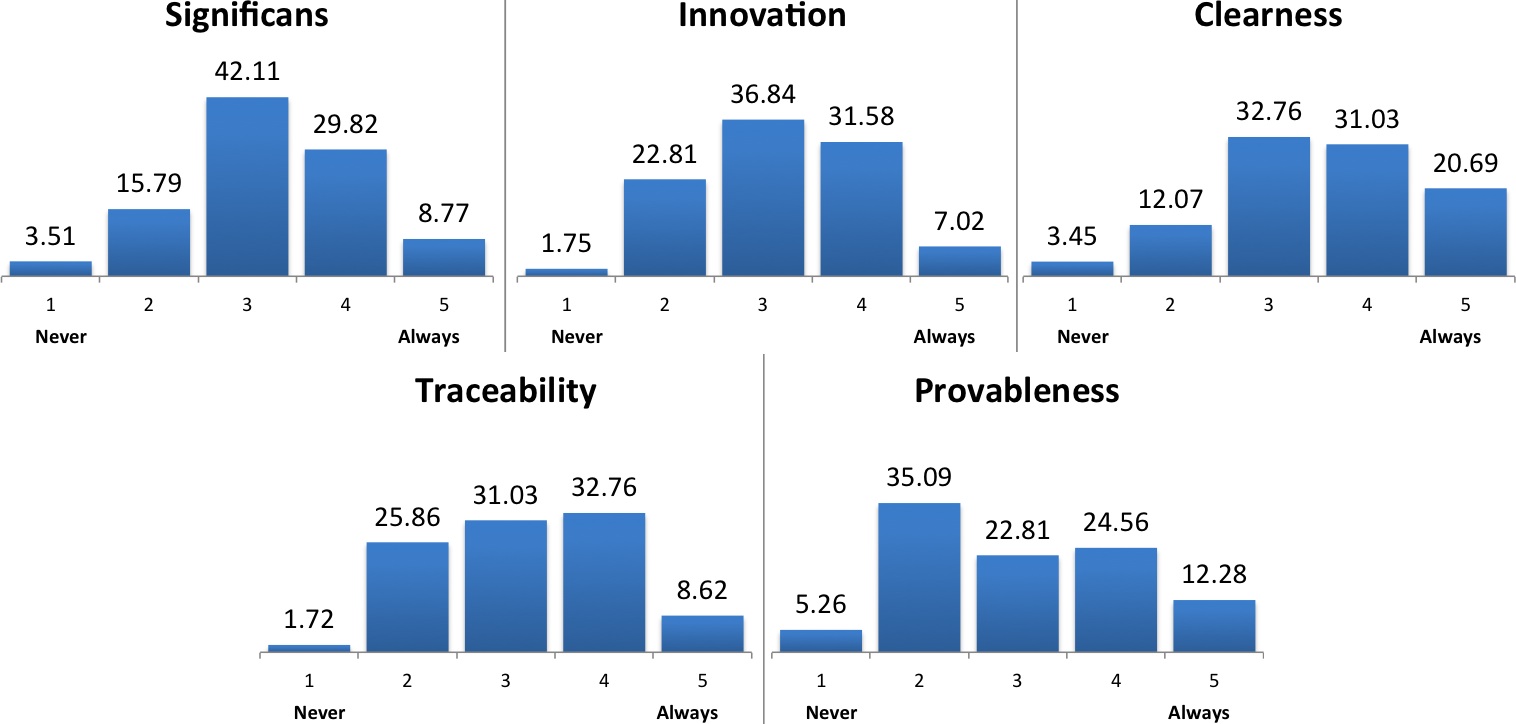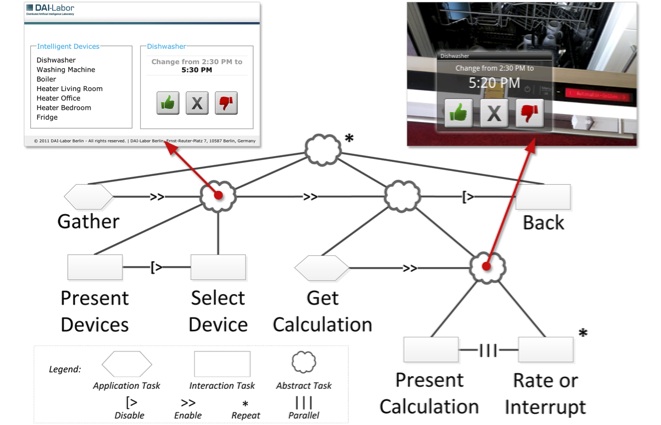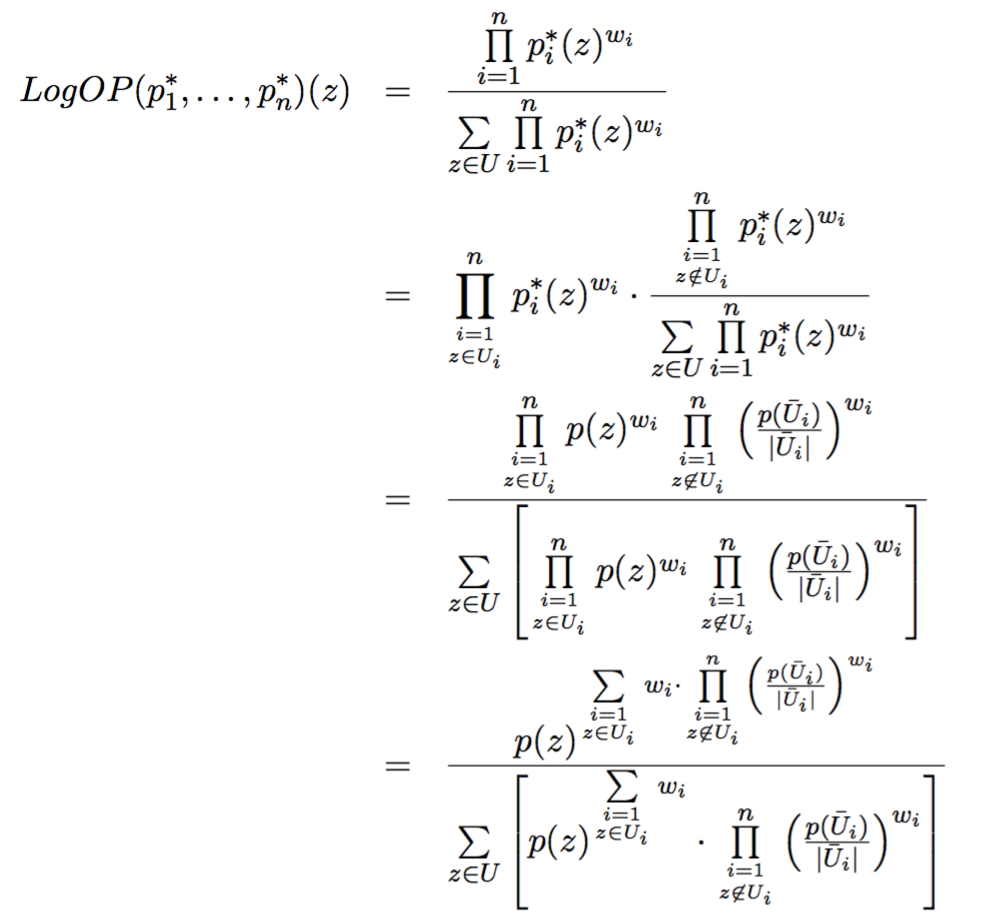Stärkung der digitalen Ermittlungskompetenz durch technologiegetriebene Polizeiausbildung
Johannes Fähndrich, Wilfried Honekamp, Roman Povalej, Heiko Rittelmeier, Silvio Berner Dirk Labudde https://www.presseportal.de/blaulicht/pm/110984/5732861
Abstract: Als Teil des Teams "Advisory Board Polizei-Informatik" wurde Prof. Dr. Johannes Fähndrich von der Hochschule für Polizei Baden-Württemberg (HfPolBW) vor einigen Tagen beim 9. Forum Sicherheit an der Northern Business School in Hamburg mit dem Hamburger Sicherheitspreis ausgezeichnet. Der Preis resultiert auch aus einer "stillen Revolution", die sich in Villingen-Schwenningen vollzogen hat: Die Polizeiausbildung geht in die nächste Runde! In den letzten Jahren wurde das Studium für angehende Kriminalbeamtinnen und Kriminalbeamte überarbeitet und stärker an den modernen Herausforderungen der Kriminalitätsbekämpfung ausgerichtet. Ein neuer Studiengang "K-IT" legt einen Schwerpunkt auf den Umgang mit digitalen Spuren. Die immer schneller voranschreitende Digitalisierung hat die Anpassungen für eine zukunftsfähige Polizei erforderlich gemacht. Die Ausbildung junger Polizistinnen und Polizisten wurde signifikant verbessert und modernisiert, um zeitgemäß den neuen Anforderungen gerecht werden zu können. So war es auch von Beginn an das Konzept von den K-IT Dozenten Prof. Dr. Johannes Fähndrich und Kriminaloberrat Lars Mechler hier im Double-Teaching die relevanten Inhalte akademisch und praxisrelevant umzusetzen. Die ersten Absolventinnen und Absolventen dieses Studiengangs bringen in wenigen Tagen dadurch frischen Wind in die Ermittlungsbehörden, ausgestattet mit fortschrittlichen Werkzeugen und Fachkenntnissen, um ihre kriminalpolizeilichen Aufgaben mit neuer Perspektive und Effizienz zu erfüllen. Die Inhalte des neuen Studiengangs wurden durch eine zukunftsorientierte Bewertung von Technologie und deren Einfluss in der Kriminalitätsbekämpfung ausgewählt. Dieses Prinzip wurde mit dem Hamburger Sicherheitspreis geehrt.










